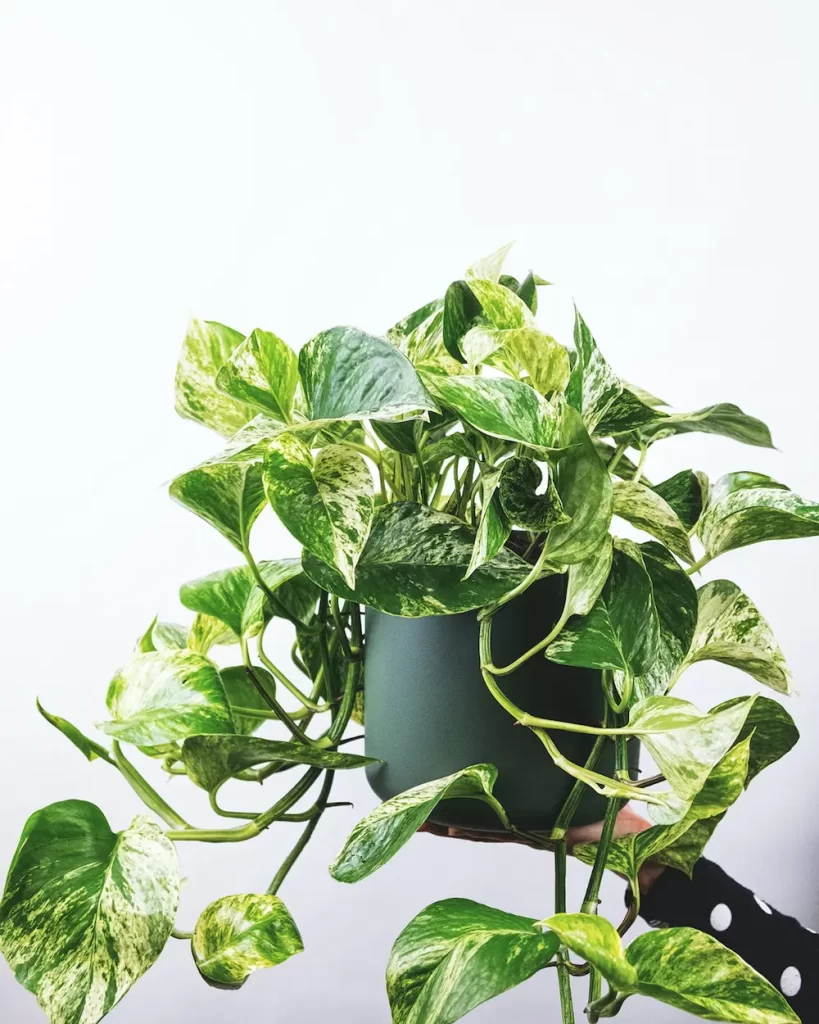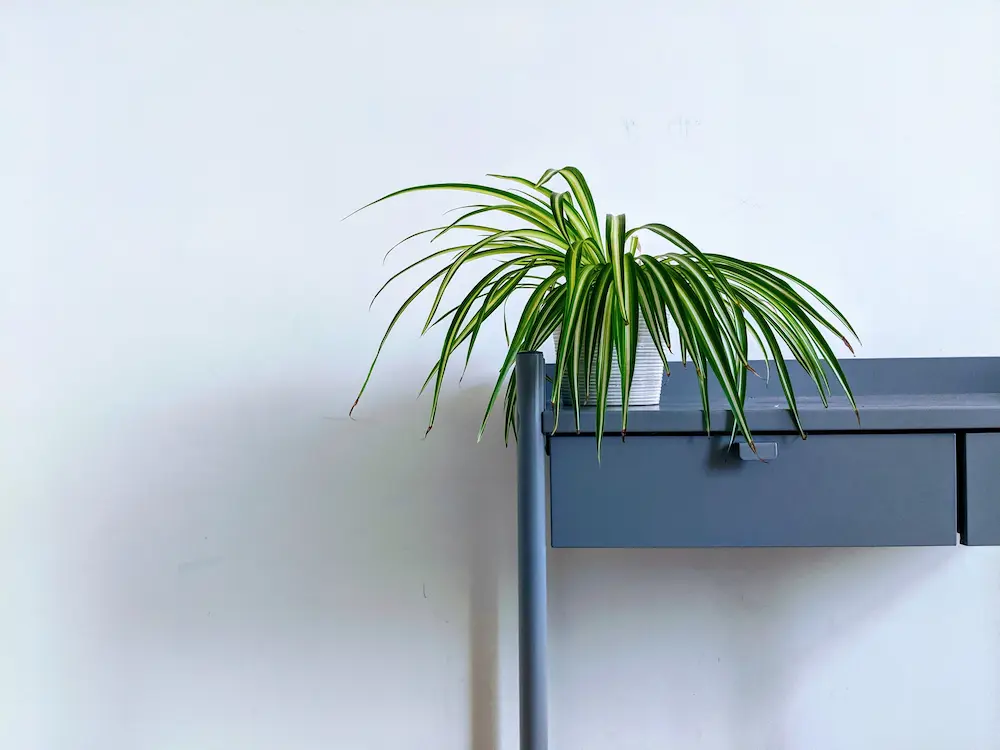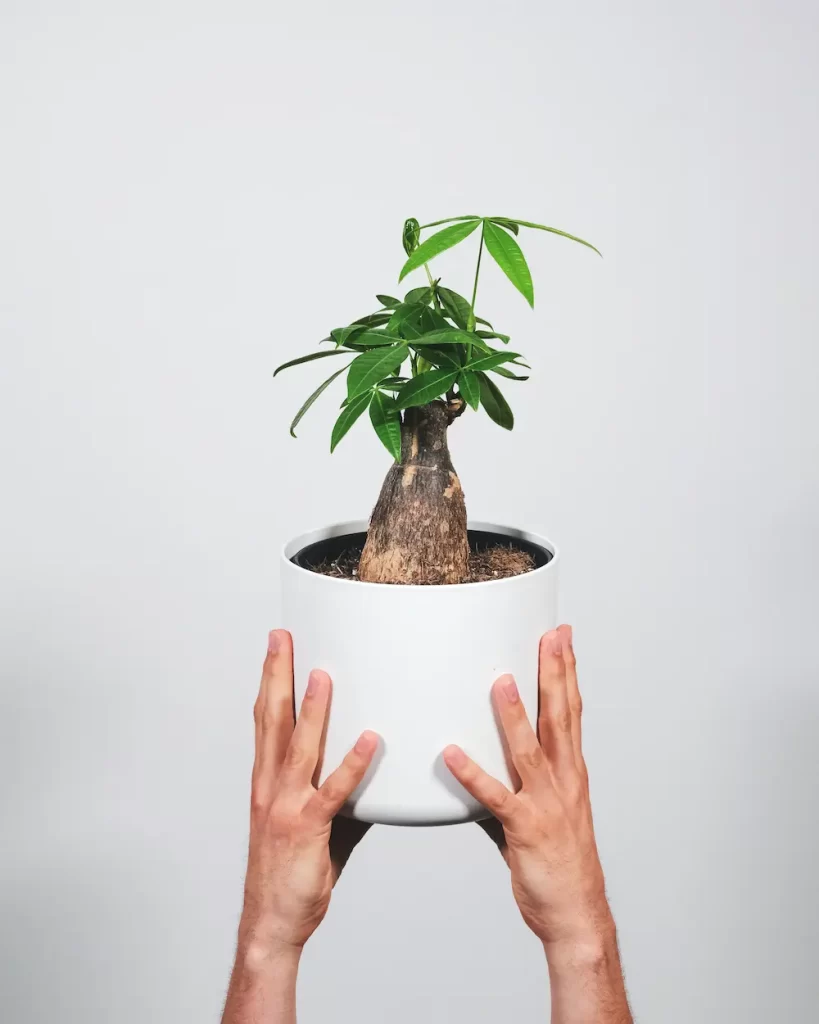Bringing the beauty and vibrancy of nature into your home is a wonderful way to create a calming and refreshing atmosphere. When you decorate your house with plants, it not only adds visual appeal but also promotes better air quality and a sense of well-being.
In this blog, we’ll guide you through the process of incorporating plants into your home decor, helping you create a lush and inviting space that rejuvenates both the mind and body.
Take a look at your space
Begin by assessing the available space in your home. Take note of areas that could benefit from a touch of greenery, such as windowsills, shelves, empty corners, or unused wall space. Consider the lighting conditions in each area to select plants that thrive in either bright or low-light environments.
Choose the right plants
When looking to decorate your house with plants, select plants that suit your lifestyle and the conditions of your home. Low-maintenance plants like pothos, snake plants, or ZZ plants are ideal for beginners or those with busy schedules. If you have ample natural light, opt for plants like succulents, spider plants, or peace lilies. Research the specific care requirements of each plant to ensure you can provide the necessary conditions for their growth.
Find the right plant placement
Decide where to place your plants based on their lighting needs and the overall aesthetic you want to achieve. Create visually appealing groupings by mixing plants of different sizes, shapes, and textures. Use hanging planters, wall-mounted shelves, or macramé plant hangers to utilize vertical space and add interest to empty walls. Consider using decorative pots or plant stands to elevate and showcase your plants.
Balance and symmetry
Achieve a balanced and harmonious look by distributing plants throughout your home. Place plants in pairs or groups to create symmetry, such as flanking a doorway or fireplace. Integrate plants with other decorative elements, like artwork, mirrors, or shelves, to create a cohesive and pleasing arrangement.
Play with height and proportions
Add visual interest by varying the height and proportions of your plants. Mix tall floor plants, medium-sized table plants, and smaller plants for shelves or windowsills. This layering effect adds depth and dimension to your space. Consider using plant stands or elevated platforms to showcase taller plants and create a multi-level display.
Consider focal points
Highlight specific areas or features in your home by using plants as focal points. Place a large, statement plant near a fireplace, in an empty corner, or at the end of a hallway. This draws attention and creates a striking visual impact. Use plants with colorful foliage or unique shapes to make them stand out.
Find decorative plant accessories
To keep your plants thriving, provide them with proper care. Follow watering schedules, ensure adequate sunlight, and monitor humidity levels. Regularly dust leaves, trim dead foliage, and repot plants when needed. Learn about the specific care requirements of each plant to ensure they remain healthy and vibrant.
Maintain and care for your plants
To keep your plants thriving, provide them with proper care. Follow watering schedules, ensure adequate sunlight, and monitor humidity levels. Regularly dust leaves, trim dead foliage, and repot plants when needed. Learn about the specific care requirements of each plant to ensure they remain healthy and vibrant.
FAQs: Decorate your house with plants



How do I choose the right plants for my home?
When choosing plants for your home, consider factors such as lighting conditions, humidity levels, and your ability to provide the necessary care. Research different plant species and their specific requirements to find ones that align with your living environment and lifestyle.
What are some low-maintenance plants suitable for beginners?
If you’re new to plant care or have a busy schedule, there are several low-maintenance plant options to consider. Some examples include pothos, snake plants, ZZ plants, and succulents. These plants generally require minimal watering and can tolerate a range of light conditions.
How do I determine the appropriate watering schedule for my plants?
The watering needs of plants vary depending on factors such as plant species, pot size, and environmental conditions. To determine the appropriate watering schedule, check the soil moisture level by inserting your finger about an inch into the soil. If it feels dry, it’s time to water. Avoid overwatering, as it can lead to root rot.
Can I decorate with plants in rooms with low natural light?
Yes, there are plants that can thrive in low-light conditions. Some suitable options include snake plants, pothos, peace lilies, and ZZ plants. These plants are known for their ability to tolerate low-light environments, making them ideal for rooms with limited access to natural sunlight.
How do I prevent pests from infesting my plants?
To prevent pests, it’s essential to maintain good plant hygiene. Regularly inspect your plants for any signs of pests or disease, such as yellowing leaves or small insects. Keep your plants clean by wiping their leaves with a damp cloth and periodically checking the soil for any signs of infestation. If necessary, treat affected plants with organic pest control methods or seek advice from a local plant specialist.
Can I use artificial plants as an alternative to real plants?
Artificial plants can be used as an alternative if you’re unable to provide suitable conditions for real plants or if you prefer low-maintenance options. However, keep in mind that artificial plants do not offer the same benefits as real plants in terms of air purification and emotional well-being.
How can I ensure my plants stay healthy while I’m away on vacation?
If you’re going on vacation, make arrangements to ensure your plants receive proper care. Consider asking a trusted friend or neighbor to water your plants or invest in self-watering systems that provide a steady supply of moisture. Move your plants away from direct sunlight to prevent drying out, and group them together to create a more humid microclimate.
Ready to research and find the right plants for your house? Check out the top 10 low maintenance house plants!






[…] Next, learn how to decorate your house with plants. […]